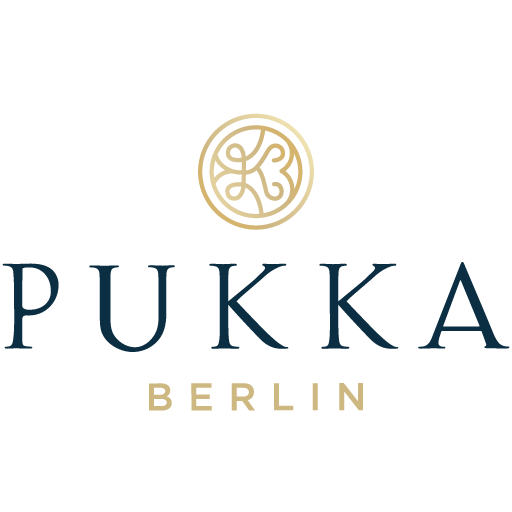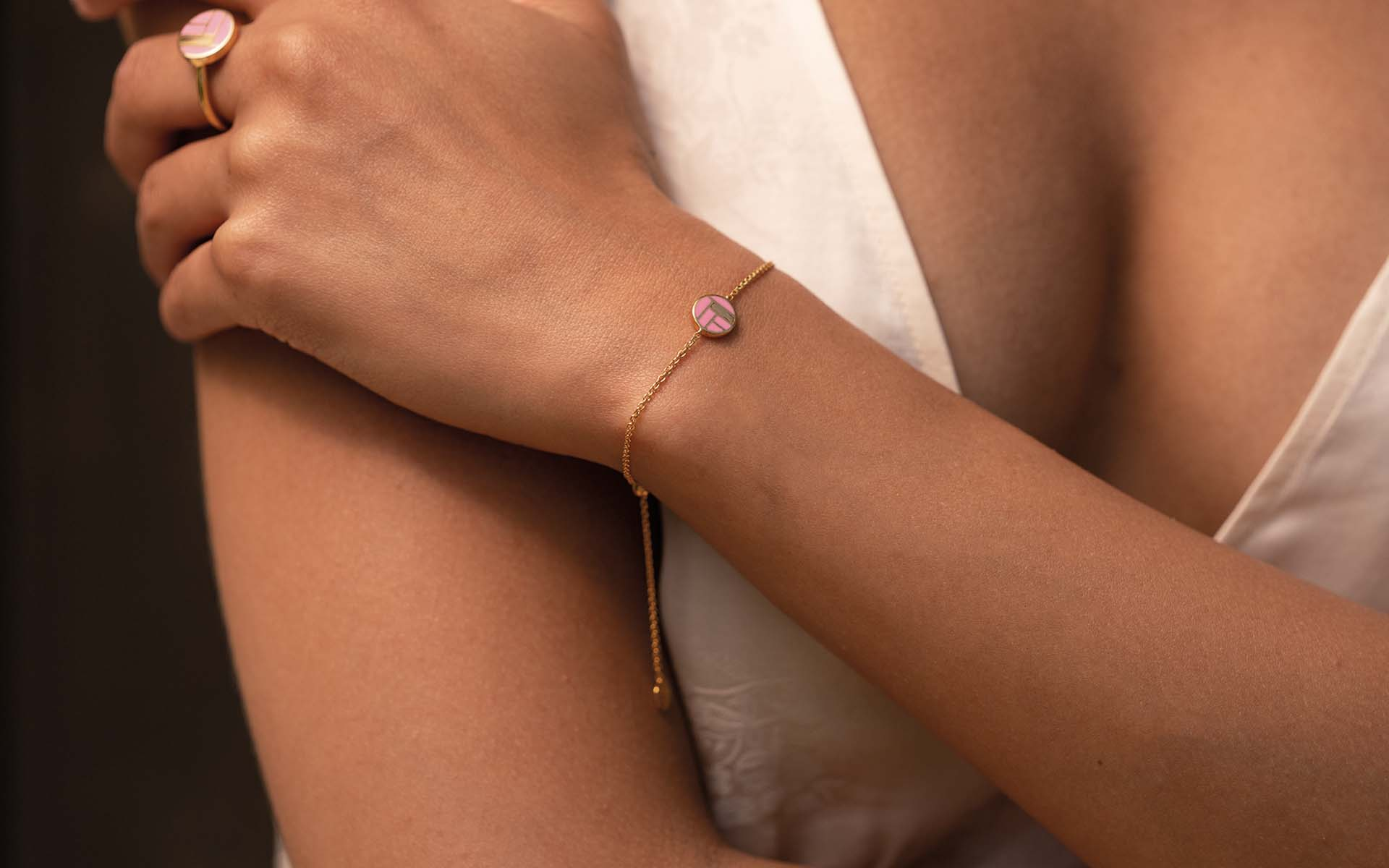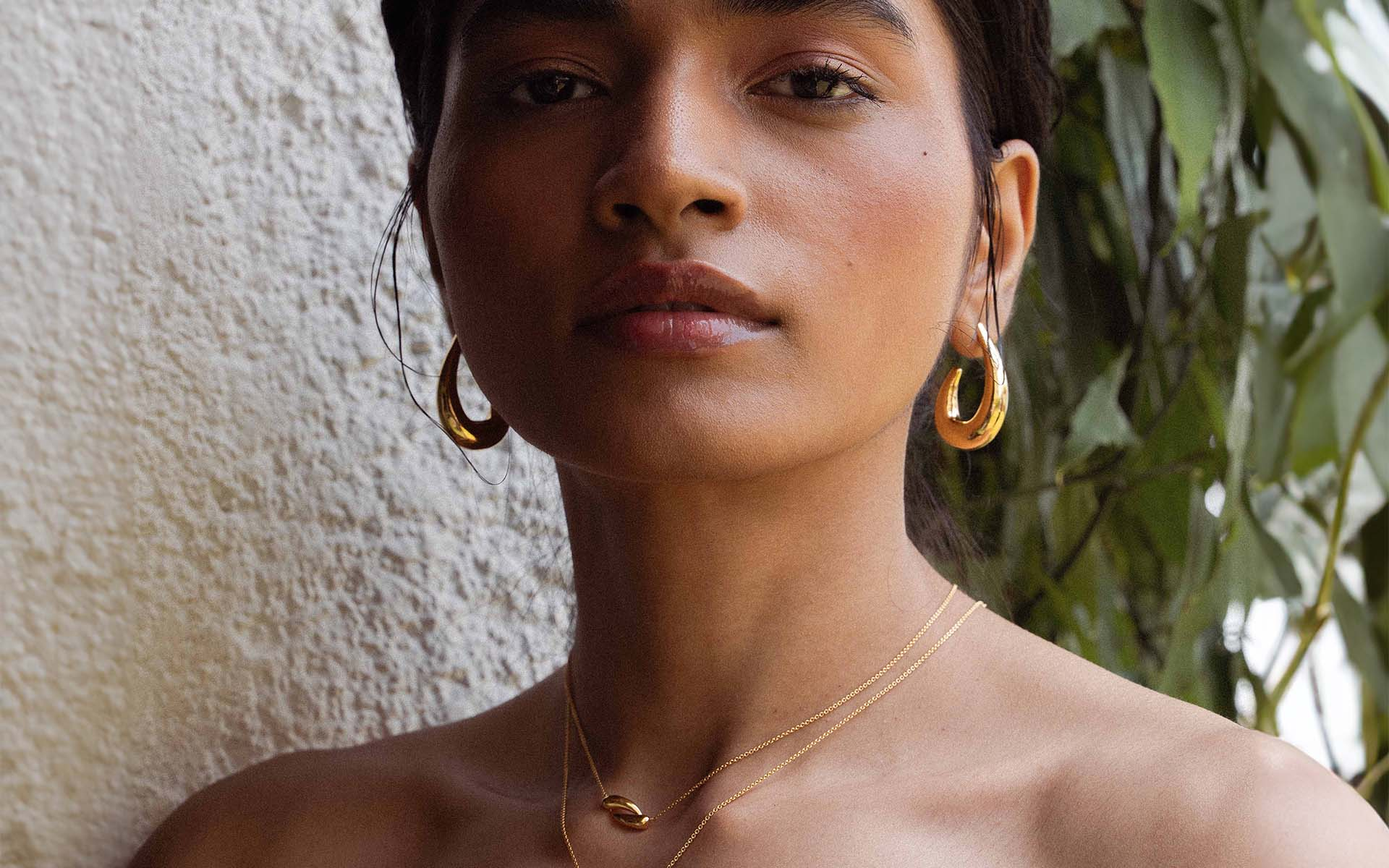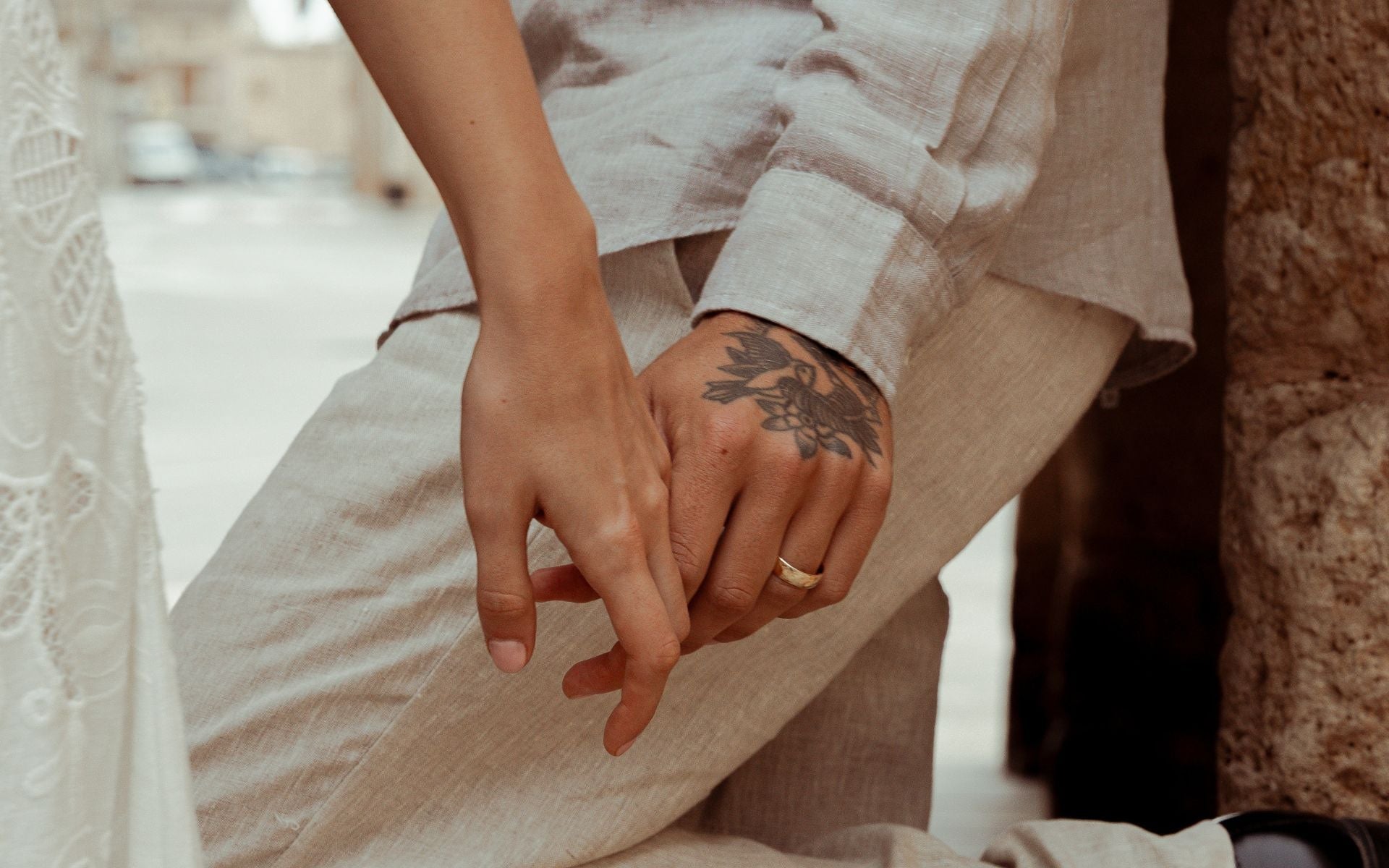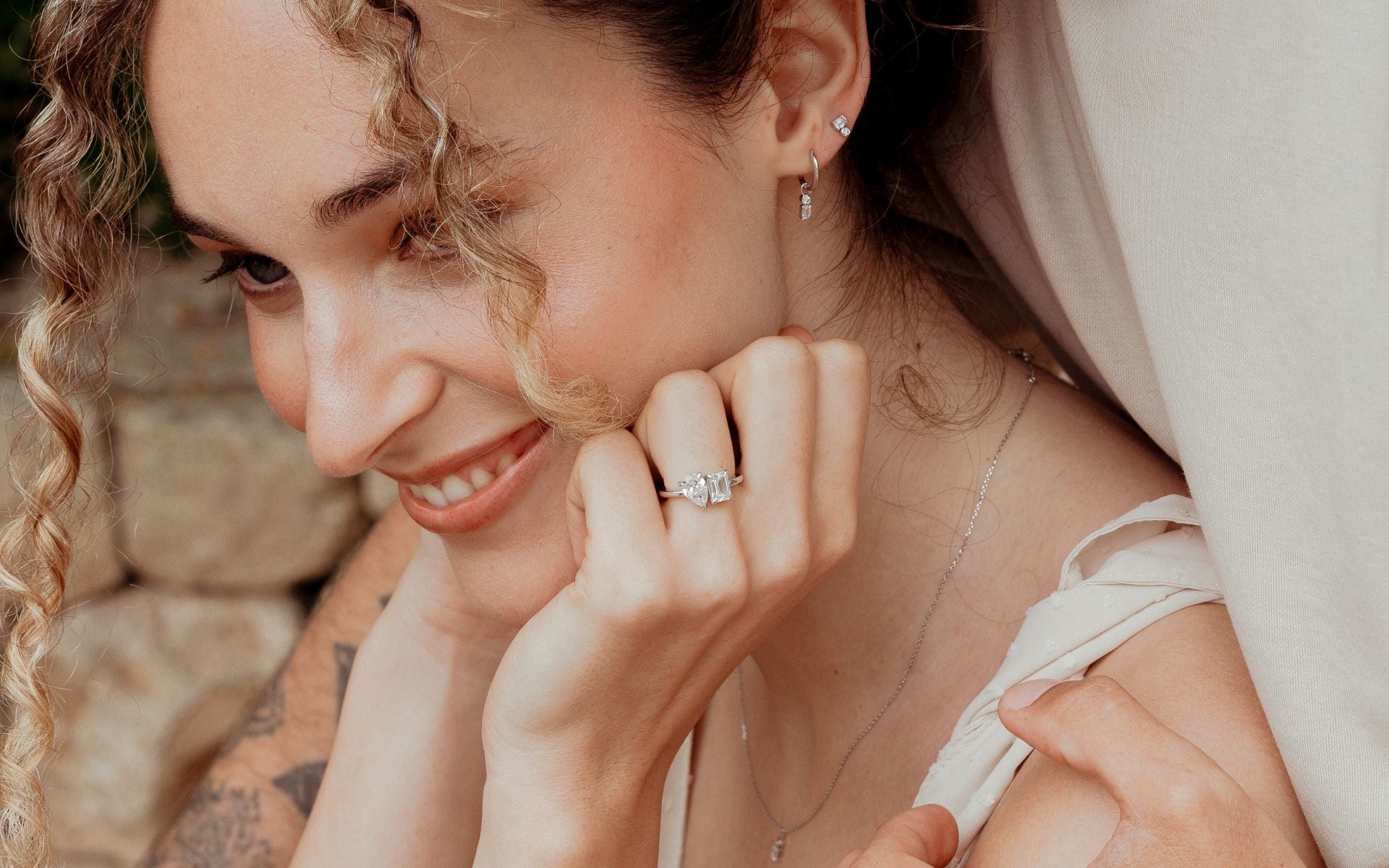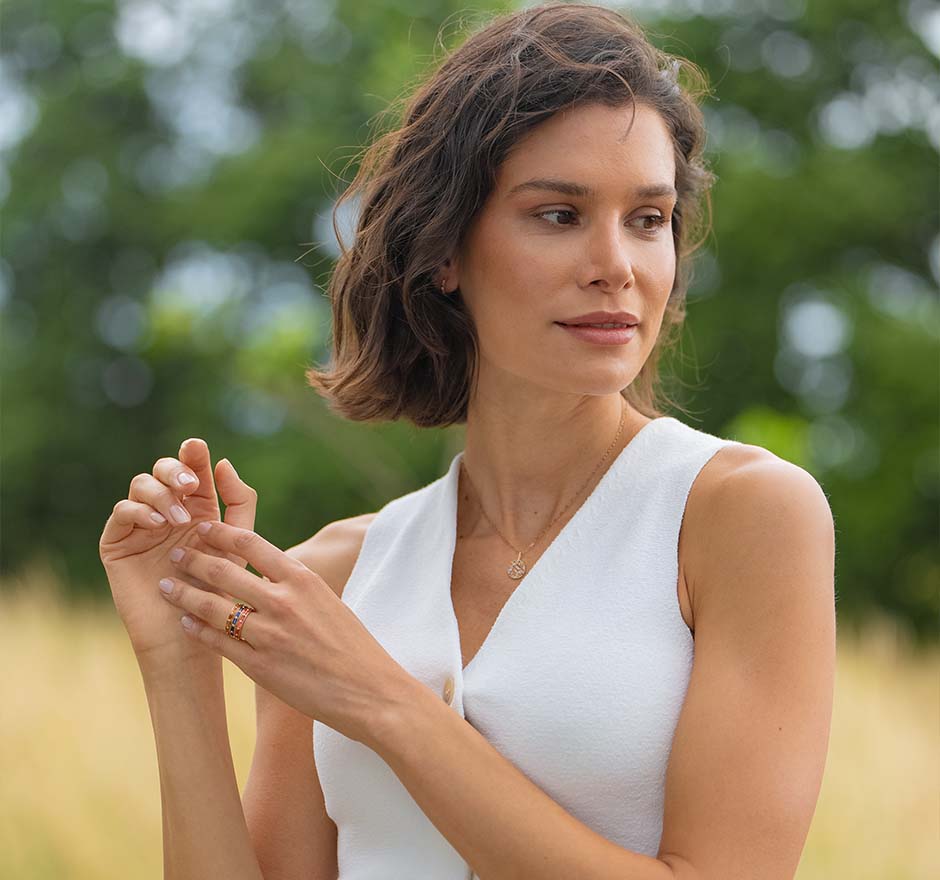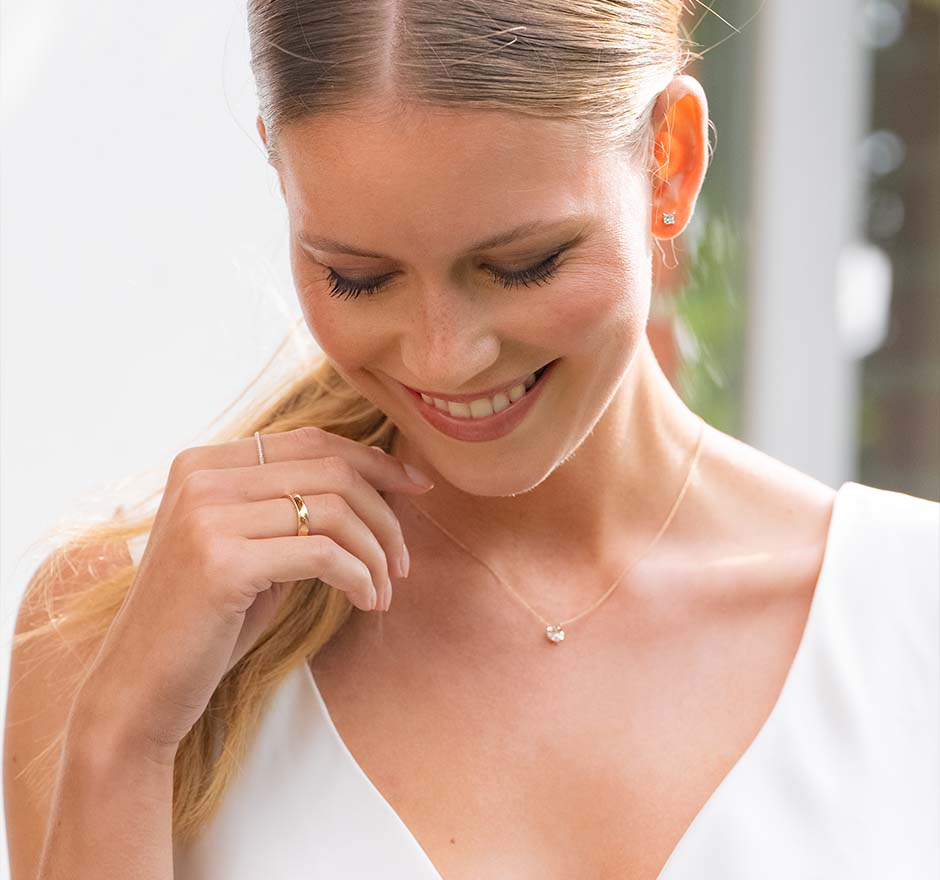Silver Jewelry - Why Quality Matters
What makes silver more valuable to us than minerals?
Its beauty is one thing. The attractive and reflective metal has fascinated men and women for a long time. The second is its rarity - and things that are both beautiful and rare are often worth a lot. And finally, there are its properties - it is easy to shape and relatively durable. In the periodic table of elements, it is represented by the symbol Ag (Latin argentum, meaning "off-white"). Ancient civilizations associated silver with the moon because of its grey-white color, which contrasts with gold and its association with the sun.
Why do we use sterling silver?
At Pukka Berlin, we make all of our silver jewelry from a sterling silver alloy. This gives our jewelry a rich yet durable feel. In addition, all our pieces are nano-plated for longer durability and slow oxidation. We don't strip our products as we believe that silver products should feel as rich and last as long as gold products.
Sterling .925 silver

Technically, "solid" silver is 925 sterling silver. If it were actually 100% silver, it would not be strong enough to make jewelry with. It would be too soft and it would tarnish faster. So 92.5% silver is the most "solid" we can get. The other 7.5% is an amalgam of other metals to strengthen the silver. But then why not simply silver-plated? Why not with gold? Gold is an expensive option. Other options are great too, like copper and brass. They are even more affordable and also durable, BUT they are not as valuable as silver. Silver has a high value as a precious metal, while brass and copper are base metals. The natural appearance of sterling silver is the white silver color that we are most familiar with. All types of silver tarnish as the silver oxidizes with the natural oxygen in the air. However, we have found ways to delay and slow down this process for various reasons.
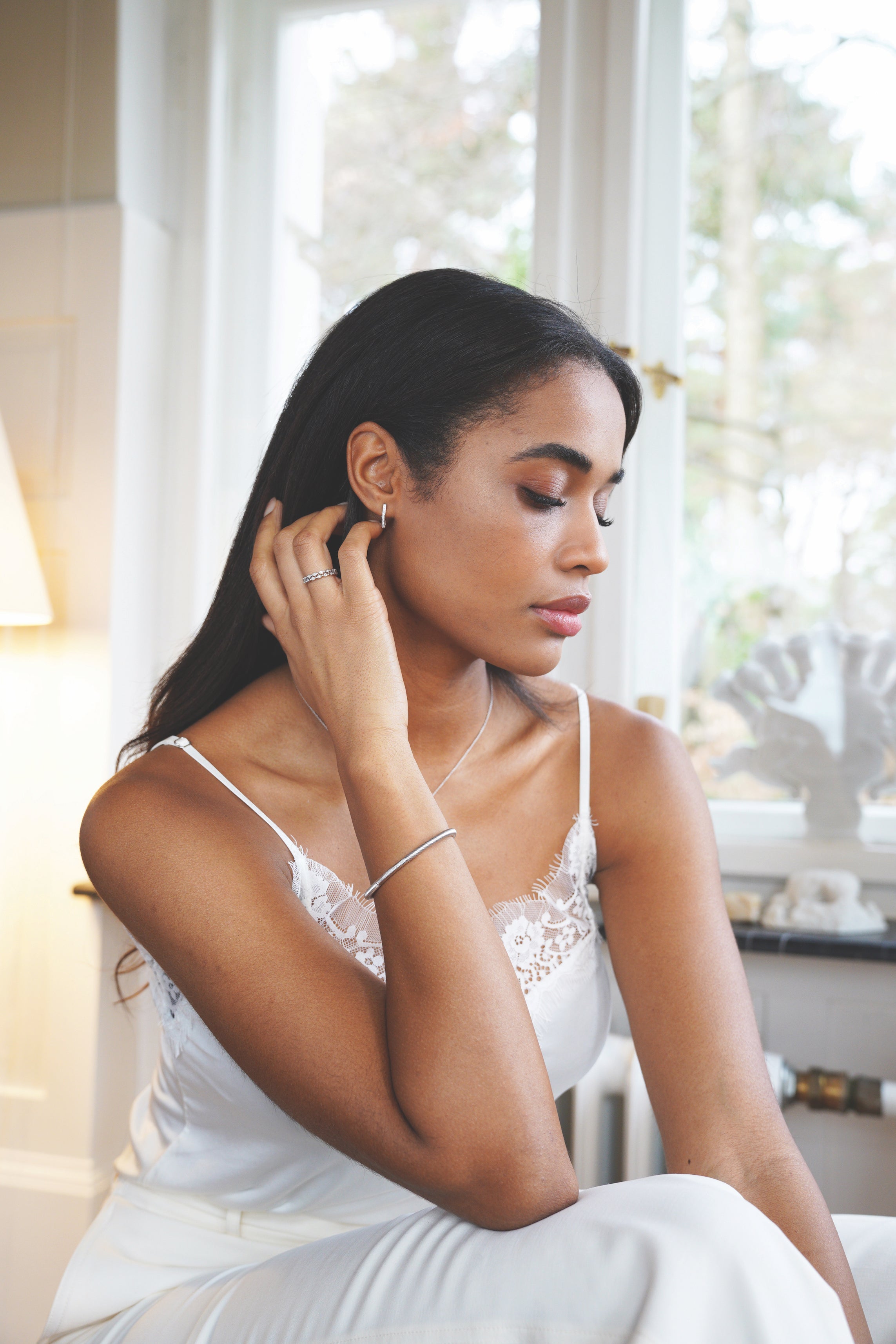
All our silver pieces have a special nano-coating that acts like a protective shield and further prevents tarnishing. They are easy to clean and maintain with cleaning and polishing agents. For the pink and yellow colors, we use 18k vermeil gold plating on the silver, more on this below. So when it comes to affordability and longevity, sterling silver is your best friend. Especially for rings, as these often get the most wear and tear. People who are allergic to metals such as nickel or brass can wear sterling silver jewelry without much concern. At Pukka Berlin, we make sure that the alloy is nickel-free. This is also important for accessories such as earrings. The metal additive to sterling silver is usually copper, which is much less likely to cause an allergic reaction.
Vermeil gilding
Vermeil jewelry is one of the hottest trends right now because it strikes the perfect balance between quality and value. Many people tend to confuse vermeil with traditional gold plating. Although they have a few aspects in common, there is a big difference in quality, durability and desirability. At Pukka, we have chosen to only use Vermeil gold plating. Here are the reasons why. Vermeil is a type of gold-plated material that consists of a thick layer of gold over solid sterling silver (instead of brass or copper). At Pukka we do not use base metals, we only use silver and gold. The thickness of the gold content is what really sets vermeil jewelry apart from simple gold-plated pieces. The thickness of the gold content has to be a whopping 2.5 microns, well above the gold plating standard. And we didn't just want to achieve the minimum, so we gold plate at 3.0 microns and above. So if you want a collection of high quality jewelry without the pure gold price tag, Gold Vermeil is a fantastic option. Another advantage of vermeil is that it usually looks like gold to the naked eye, especially in our 18k variant. Therefore, it is a great alternative for those who want a natural gold look and feel. You can also polish it up to give it a beautiful shine or tarnish it to achieve a vintage look. In doing so, our jewelry comes with an anti-tarnish coating that makes your jewelry last longer. So if you are looking for high quality demi-fine jewelry, a vermeil collection in 18k gold is a great choice.

The history of silver

Silver and jewelry
The history of silver begins somewhere towards the end of the 4th millennium BC, when clever inhabitants of what is now Turkey discovered that they could extract silver from lead through copper leaching. Due to its properties, silver was used in a variety of ways from then on, from more practical purposes such as currency to more artistic purposes such as jewelry. Although silver is slightly less malleable than gold and requires more annealing during the manufacturing process, it can still be cast, hammered into wafer-thin sheets, engraved, embossed, used in repoussé work and decorated with filigree and granulation.
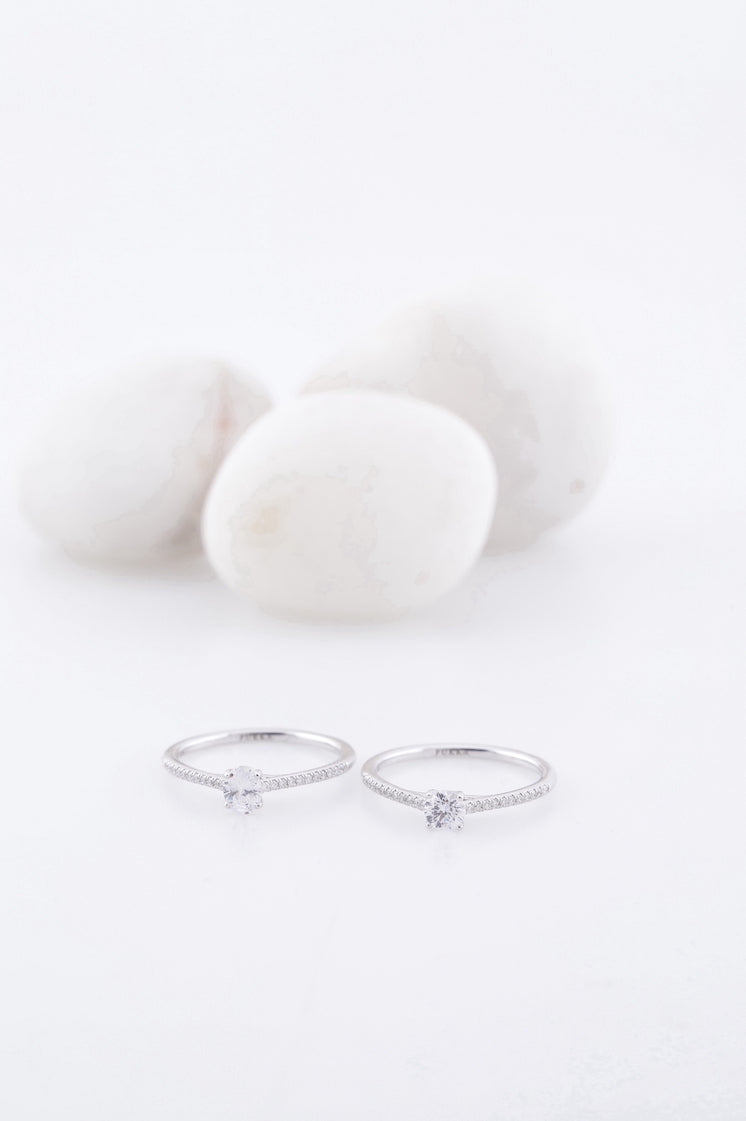
Vessels, statuettes and pieces of jewelry have been found in Mesopotamia, indicating that silver was used with a high degree of purity at that time, resulting in quite soft objects. Silver is relatively inexpensive today when compared to other precious metals such as gold or platinum. This could lead one to believe that it is not an important metal. However, this is wrong. At times in history, silver has been valued higher than gold. If you look at the quantities of silver used in jewelry, its use outweighs all other precious metals many times over.
